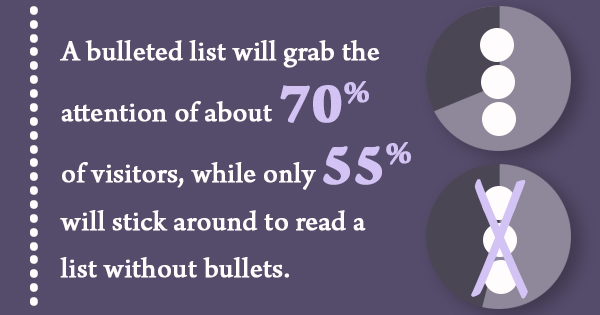
Panda: To the majority of people, this is the name of a huge, cuddly-looking black and white teddy bear.
To SEO companies and digital marketing firms, it’s the name of a Google algorithm update. And it’s typically not a name that’s welcomed with open arms.
So what exactly is this mysterious Panda update, and why does it matter?
First off, it’s important to know that Panda isn’t the only algorithm update that Google releases. Penguin is the name of another major update, and these two are considered the primary updates that are anticipated/dreaded in the search engine optimization industry each year.
The updates aim to weed out the websites which are violating Google’s terms of use, are using shady practices to get a top spot on a keyword results page, and are generally taking business away from legitimate companies. Penguin updates are intended to filter out low-quality links, while Panda updates are intended to filter out low-quality content.
The intent behind both updates is pure, especially since search engines influence an estimated 88% of business purchase decisions and at least 80% of all internet users go on search engines to find websites. But in reality, the updates — which aren’t announced in advance and are kept very secretive — often end up hurting businesses more than they help.
The question now is, how can you survive these updates without spending a fortune on your search engine optimization plan? Since Panda is the most recent update, let’s take a quick look at how to survive that one:
- As stated above, Panda is all about quality. The best way to avoid being devalued after an algo-update is to make sure your website is filled with good content. Make sure your SEO company can write blog posts without grammatical and spelling errors, in the language your business and customers use.
- Variety is really key with the Panda updates. Make sure you’re writing blog posts on a regular basis and promoting them on social media. Include graphics and videos, and pay attention to what your customers actually like to see. Start up some email marketing; maybe even try local search engine optimization or paid display ads.
- But if you’re going to focus on written content, make sure it’s interesting. This is really where design comes into play — including a bulleted list, for example, will grab the attention of about 70% of visitors, while only 55% will stick around to read a list without bullets.
The most important thing to keep in mind is that all of these factors need to be a constant part of your search engine optimization strategy — not just for a few weeks, but as long as you’re working on SEO.
Fan & Fuel
Fan & Fuel Digital Marketing Group is an award-winning brand experience and digital strategy agency specializing in UX/UI design, website and eCommerce development, product design, and digital marketing.
Fan & Fuel creates stimulating visuals and high-end functioning websites with the goal of converting users to client’s objectives. We pride ourselves on the holistic approach of our system, which packages together our most powerful strategies. Through our unique system, our clients experience growth through branding, site enhancements and lead generation strategies.
Related Posts
September 10, 2020
ADA Compliancy – What does it mean?
The American with Disabilities Act (ADA) became a law in 1990. It prohibits…

